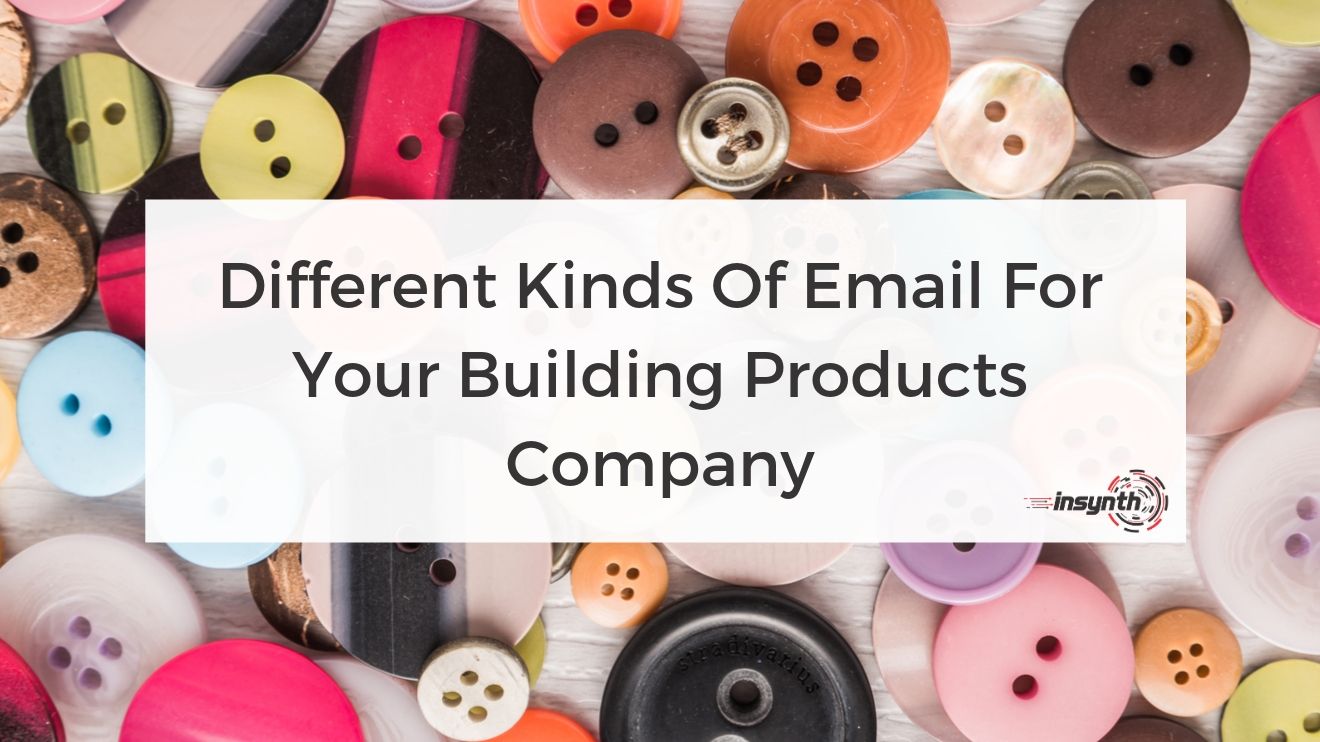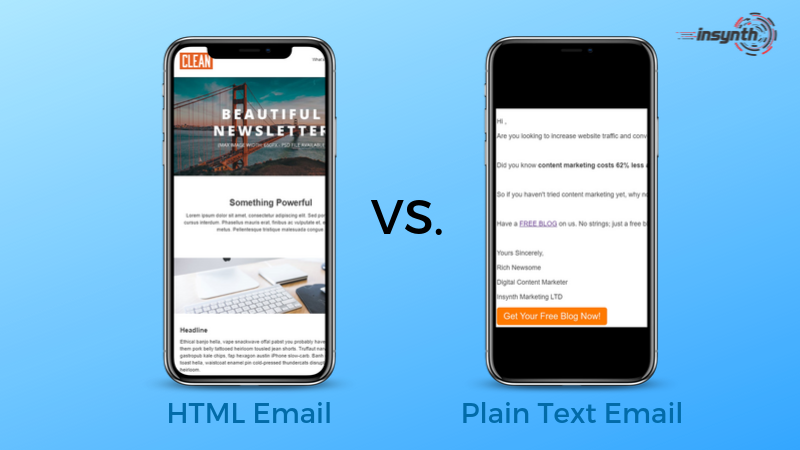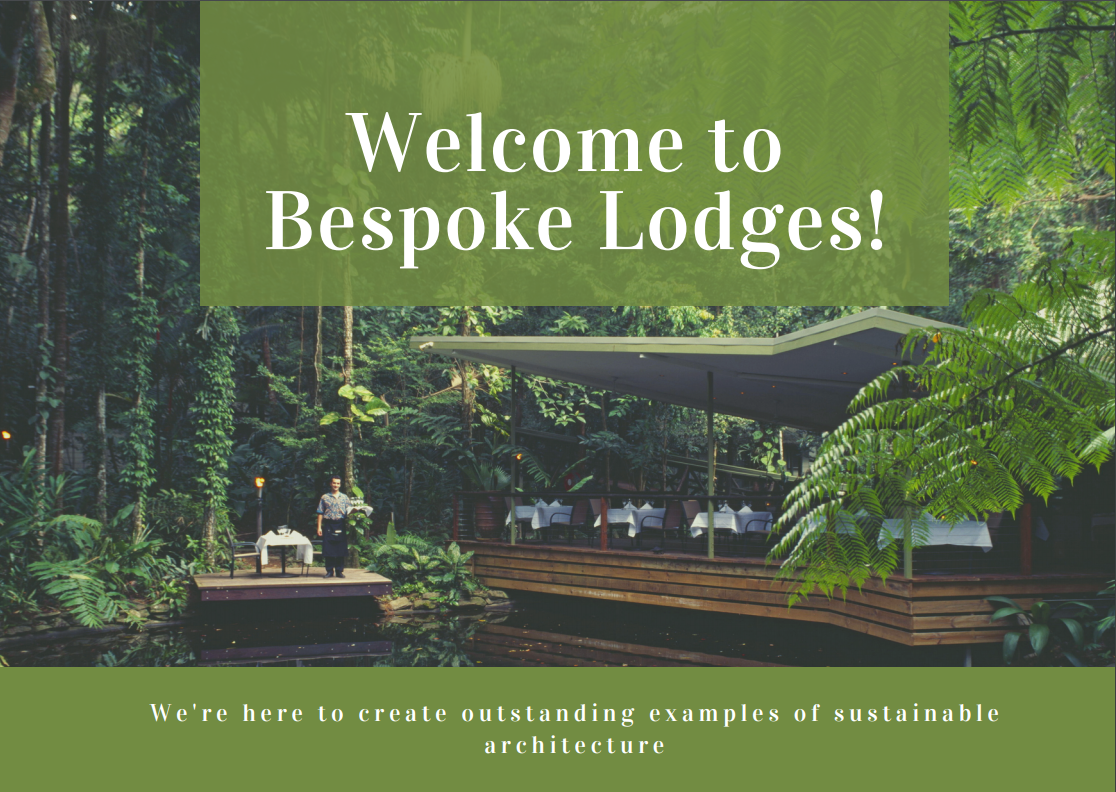4 min read
Different Kinds Of Email For Your Building Products Company
![]() Rich Newsome
:
10-Oct-2019 10:40:23
Rich Newsome
:
10-Oct-2019 10:40:23

Do you want to supercharge your email marketing strategy? If so, you need to understand the different kinds of email that you could (and should) be sending.
So let’s uncover the different types of email, and how they can work for your building products and construction brand.
Plain-Text vs. HTML: Which Is Better?

Both have their qualities. Both have their drawbacks.
HTML emails are obviously more visually appealing. Of course, you want to create something that catches the reader’s attention. If you’re launching a new product, for example, you’ll most likely want to include an image.
However, if an HTML isn’t coded properly and there are broken tags, you’ll find that it might just be destined for the spam folder. This means that you won’t be able to send anything to that email address in the future.
On the other hand, there’s a much lower risk of something ‘breaking’ on a plain-text email. Plain-text emails are more readable and have a higher delivery rate.
If we turn to research, HubSpot found that HTML emails had lower click-through rates with the inclusion of just one image. Hubspot even goes on to recommend that you should use plain-text emails over HTML since they’re more likely to be delivered.
Perhaps you should re-think the exciting visuals they taught you about in marketing school…
Newsletters
This is an email that you send regularly, say monthly or weekly, for example. You’ll send them to segments of your contacts which helps you to build relationships with your leads and customers. Typically, newsletters tend to be summaries of recent content you created.
Of course, weekly updates will only work if you have a regular content strategy in place. If this isn’t possible, send out a monthly newsletter instead.
If you’re trying to generate leads and traffic to your website, maintain relationships, better qualify leads and close more deals, then a newsletter is a great option for your building products brand.
Lead Nurturing Emails
Lead nurturing emails are typically a series of emails that are sent over a period of days or weeks. They’re aimed at moving leads through the sales funnel, converting them into customers. This is achieved through an automated series of helpful content.
Transactional Emails
Many building products websites have an online store. If this is the case for you, you’ll likely be sending transactional emails like receipts and confirmations.
Since you already have the reader’s attention, it might be a good idea to share personalised content or product recommendations that the user may also be interested in based on their purchasing habits.
Transactional emails can also come in the form of welcome emails, confirmation emails and follow-up emails. All of these can be automatically triggered when a user completes a desired action.
Welcome Emails

This is one of the first impressions that your brand makes, so make it a friendly ‘hello’, which will encourage them to interact with your product or service.
The best welcome emails are informative, clear and actionable.
Confirmation Emails
As the name suggests, these emails are triggered when a lead has completed a certain action, for example, placing an order, subscribing to a newsletter or registering to an event.
We recommend that you make your confirmation emails short and sweet, and always include a CTA. A CTA will allow you to upsell your products, join you on social media or offer a discount. Subtlety is key here; don’t overdo it.
Follow-up Emails
These emails are sent in response to the actions of subscribers. Follow-up emails are important because they could potentially increase conversion, build trusting relationships and filter audiences.
There are different types of follow-up email that are all fairly self-explanatory in their names. Below, I’ll show you a list that I found on close.com. To explore each definition in detail, follow the link.
- Cold sales follow-up
- Warm sales follow-up
- Product sale follow-up
- Promotional outreach follow-up
Product Update Email
Sending architects and specifiers product updates is a great way to keep them engaged with your brand. Keep in mind, however, that these should be kept simple and straightforward.
The most successful product updates are those that are sent out on a monthly basis to keep your audience up to date with the latest features and functionalities.
Remember to focus on the benefits of your product and consider using an eye-catching visual. It’s less about the words and more about the clicks here. You don’t need to go into too many technicalities; rather, tease your customer with short descriptions that will entice them to click on your CTA.
Conclusion
In truth, there are hundreds of different types of emails that you could be sending, and variety is definitely a good thing. However, what works for your building product will differ from company to company.
If you’re going to take anything away from this blog, remember:
- Keep it clear and simple. Emails are aimed to encourage, spark interest and prompt response, so don’t bore people.
- Make sure it’s mobile-friendly. Considering that mobile email could potentially account for 77% of email opens, always test to see if it’s clear and readable on a mobile device.
- Make emails a human interaction. Personalise your emails so that they appeal to the segment you’re targeting. Nobody wants to receive an email that is irrelevant, so invest your time in segmenting your list effectively.
We can’t stress enough the importance of email automation software such as HubSpot. Being able to automate some of your email responses and creating workflows will save you heaps of time, allowing you to focus on creating more personal and creative email campaigns.
Also, if you don't have the content in the first place, you'll find it difficult to achieve the variety needed for a successful email marketing campaign.
Get in touch if you’d like any support in setting up outstanding email marketing campaigns. We’d love to hear from you.
About Insynth
As the only HubSpot certified agency to major on construction marketing, we bring together construction marketing strategy, digital strategy, website design, SEO, content marketing, email marketing, sales automation, marketing automation and HubSpot CRM implementation to produce successful campaigns and great results for our clients.
Book Your Free Consultation Today
